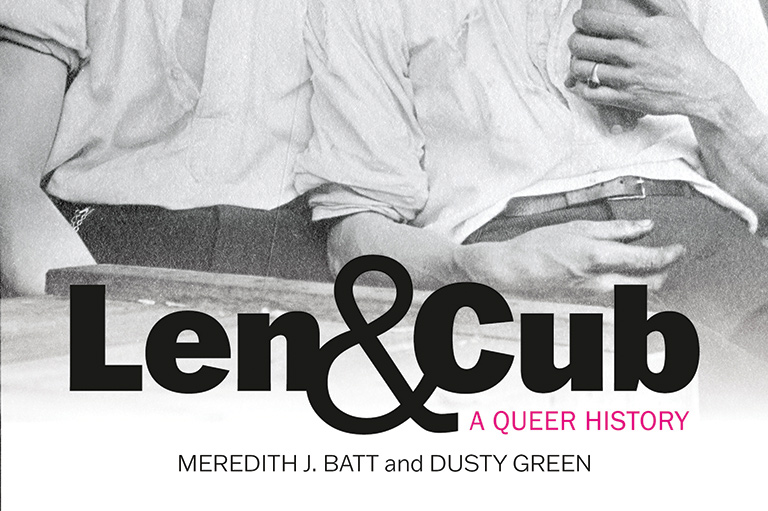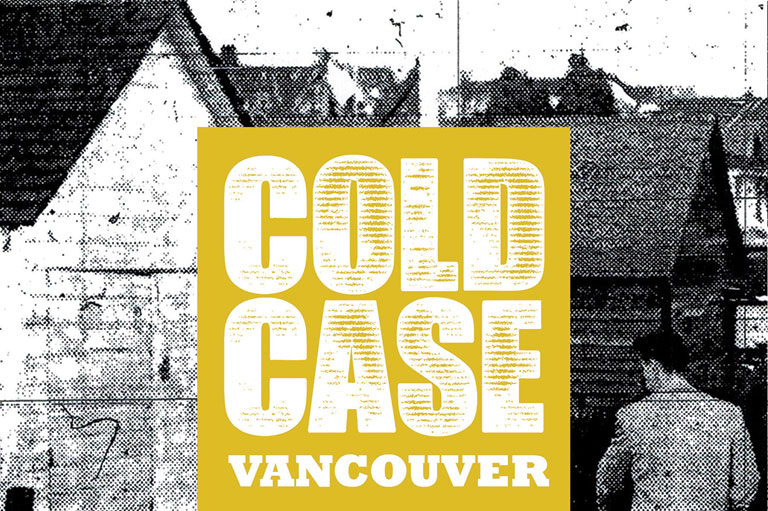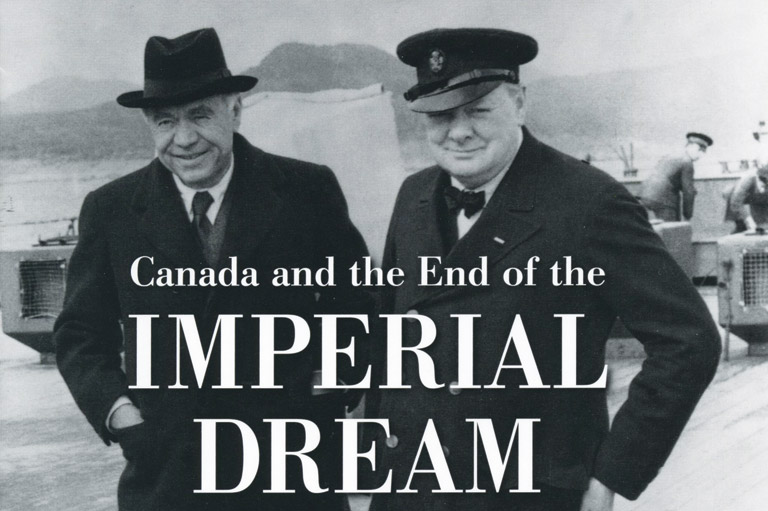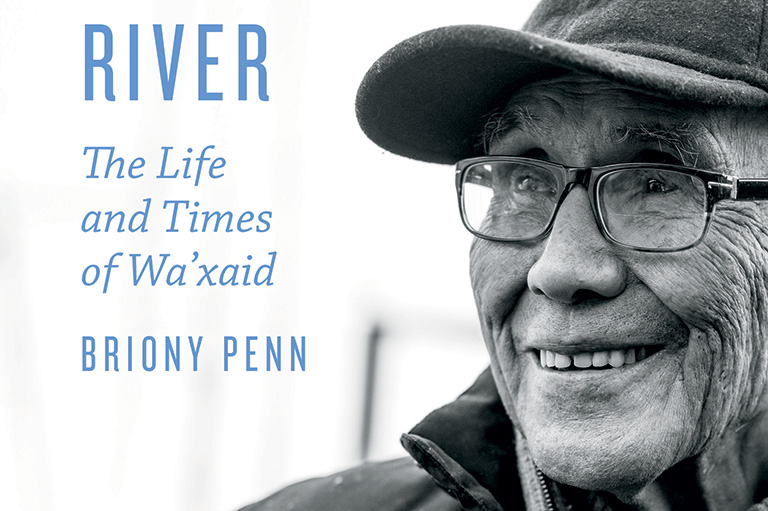Rooster Town
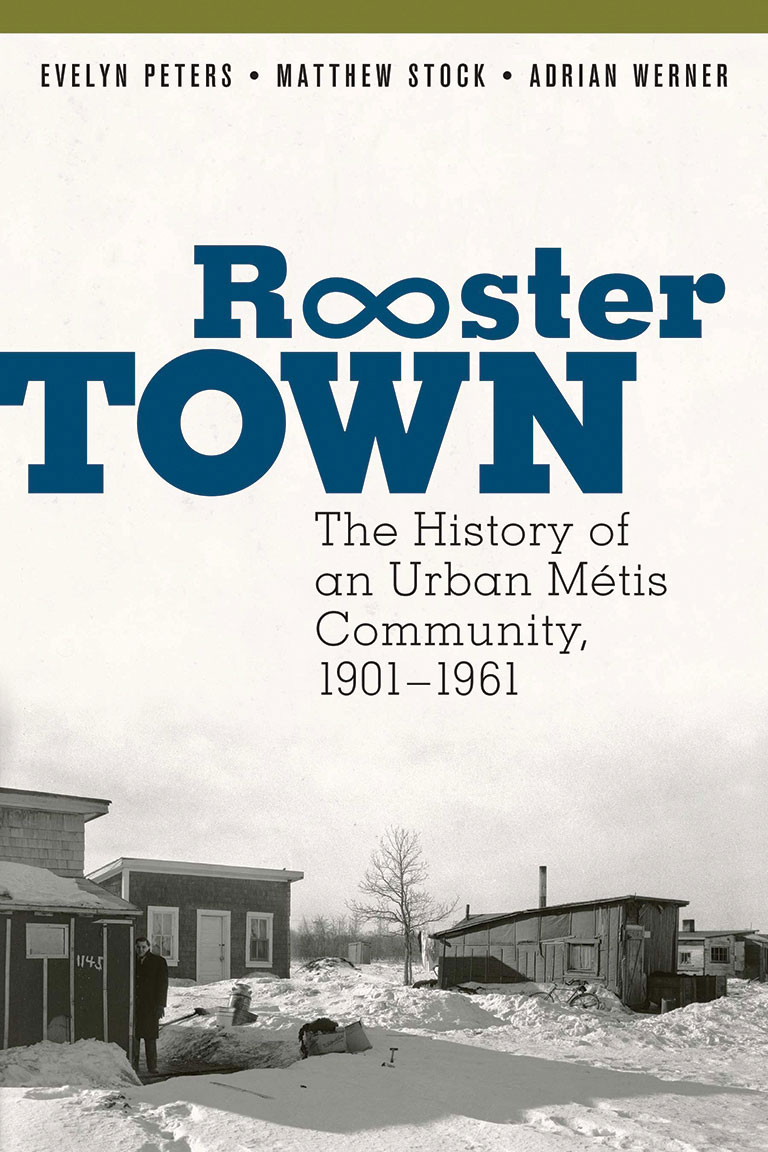
Rooster Town: The History of an Urban Métis Community, 1901-1961
by Evelyn Peters, Matthew Stock, and Adrian Werner
University of Manitoba Press, 245 pages, $27.95
Rooster Town is a well researched academic examination of a Métis settlement in what’s now south-central Winnipeg as well as of the role played by settler colonialism.
The first chapter briefly explores the history of the Red River Métis and how they began to establish this settlement in the part of the city now known as Fort Rouge. Four subsequent chapters are chronological studies of the community’s development — through its establishment, growth, and eventual dissolution.
Writers Evelyn Peters, Matthew Stock, and Adrian Werner are specialists in urban social geography, social policy, and Canadian and urban history. They use government and genealogical records, as well as archival materials, to follow several families through their time in Rooster Town, between 1901 and 1961. While their focus is on this particular settlement, similar communities existed in urban centres across Western Canada.
Maps of the community show where each family lived and moved over the years, while family photos and family trees help to tell the stories of the community’s residents. Rooster Town takes important steps toward building a greater understanding of Métis and urban history in Canada.
We hope you’ll help us continue to share fascinating stories about Canada’s past by making a donation to Canada’s History Society today.
We highlight our nation’s diverse past by telling stories that illuminate the people, places, and events that unite us as Canadians, and by making those stories accessible to everyone through our free online content.
We are a registered charity that depends on contributions from readers like you to share inspiring and informative stories with students and citizens of all ages — award-winning stories written by Canada’s top historians, authors, journalists, and history enthusiasts.
Any amount helps, or better yet, start a monthly donation today. Your support makes all the difference. Thank you!
Themes associated with this article
Advertisement

